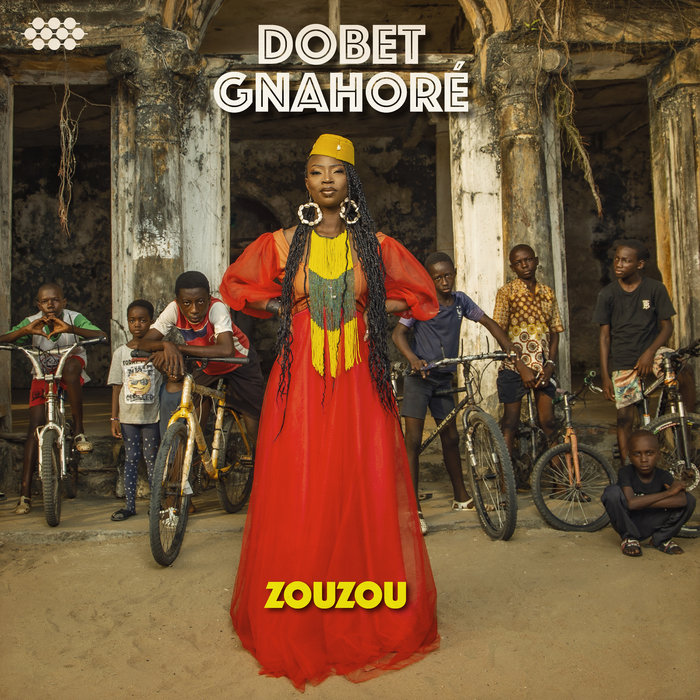
Ayoka – Dobet Gnahore
this blog is GROOVY – check out great Soul, Funk, Jazz, Hip Hop, Bass, Breaks , Reggae, House n many more TUNES
Ah, Europe! Land of beautiful landscapes, rich cultures, and—most importantly—a thriving music scene that’s been grooving since way back in the day. Let’s hit the rewind button and take a funky stroll through the history of European music!
Back in the 9th century, music was mostly about chants and hymns. Monks were the early rockstars, making tunes echo through stone walls with their Gregorian chants. Imagine these guys: dressed in robes, harmonizing like it’s nobody’s business!
Funny Fact: Some monks believed that a flat note could summon demons. So next time you’re off-key at karaoke; just say you’re keeping the demons at bay!
Fast forward to the 14th-17th centuries—the Renaissance brought fancy instruments like lutes and viols into play! Composers like Josquin des Prez began mixing it up with polyphony—where multiple melodies clash in harmony.
Imagine a medieval party with musicians jamming on lutes while philosophers argue about which note gets more ladies… Trust us; they had style!
Did You Know? Some composers wrote under pseudonyms to avoid criticism from church officials. They’d be like today’s secretive DJs dropping fire mixtapes anonymously!
Enter Bach, Handel, and Vivaldi—the superstars of baroque music (1600-1750). This era loved decorations—both in art AND sound! Think grand orchestras puffed up with strings and brass garnished by intricate compositions dripping with flair.
Bach might have had over twenty kids running around causing chaos at home while composing masterpieces. Talk about multitasking!
Quirky Sketch: Bach once got so mad at someone he said he’d rather compose “a concerto for two harpsichords” than work on it anymore! Who knew being upset could lead to epic jams?
As we roll into the Classical period (1750-1820), things got sophisticated but still kept their groove. Mozart became your favorite prodigy who composed his first symphony when most kids are still learning colors—talk about overachieving from an early age!
Then there was Beethoven who went deaf yet managed to compose legendary works full of drama. His 5th Symphony has one goal – “dun dun dunnn”—and it delivers every single time!
Funny Side Note: Legend has it that Beethoven often shouted “I’m not deaf; I’m just ignoring you!” during arguments.
With emotions high during the Romantic Era (1800-1910), composers went all out expressing love and heartbreak through powerful orchestrations—from Chopin’s piano solos to Tchaikovsky’s heart-wrenching ballets.
Hilarious Reality Check: Remember Wagner? While his operas were grandiose spectacles filled with mythology, he also made people sit through HOURS of dramatic stories—in essence making them earn their musical experience one lengthy opera night at a time!
The roaring ’20s saw jazz influences spilling into Europe thanks to American musicians finding their way across oceans post-WW1. Meanwhile, folk traditions bubbled beneath as each region flaunted its local sounds—and boy did they know how to party! Polka anyone?
You’ll find gypsy jazz slipping from cafés while traditional folk dancers twirl dizzyingly around bonfires—it was Italy meets Parisian chic.
In World War II times when dancing wasn’t really allowed due to restrictions – swing dance parties morphed indoors leading people doing crazy chair dances instead because why not keep those spirits flying high?!
Zoom ahead to recent decades where genres collide left-right-center? Pop meets electronic beats fueling everything from synthwave throwbacks reminiscent of ‘80s vibes back again or Trap-infused euro-pop blasting club speakers globally.
The UK punk scene redefined rebellion giving rise not only grunge but also indie rock bands strumming guitar rhythms across festivals throughout Europe —think Glastonbury vibes mixed up spiced dares among mosh pits roaring together against mundane life norms shouting along lyrics out loud without care (“WE ARE NOT DEAD YET!”).
Ever heard stories involving legendary icons such as Freddie Mercury trying out crazy outfits before performances including sometimes putting glitter all over himself because “Why NOT?” Turns everyday stage presence magical moments packed for fans forever engraved within memories shared throughout generations later down-the-line continuing onwards…
So here we are cruising smoothly down memory lane in this rhythmic rendezvous celebrating what makes European music so vibrant, funny facts included—all set upon its canvas painted colorful tales wrapped within chords echoing melodious joy throughout lives blending imagination thrilled experiences embracing uniqueness wherever stepping forth toward dancing feet came alive continuously!.
Let your soul groove along friends—even if no one’s watching jam hard core anywhere; perpetuate those sweet sounds ringing bright forevermore expanding limitless horizons touching hearts bringing musical sparkle worldwide until we meet again somewhere between bars flowing magic connecting everyone falling deeper united rhythmically bound syncing universally intertwined endlessly… 🎶✨💃

Ayoka – Dobet Gnahore